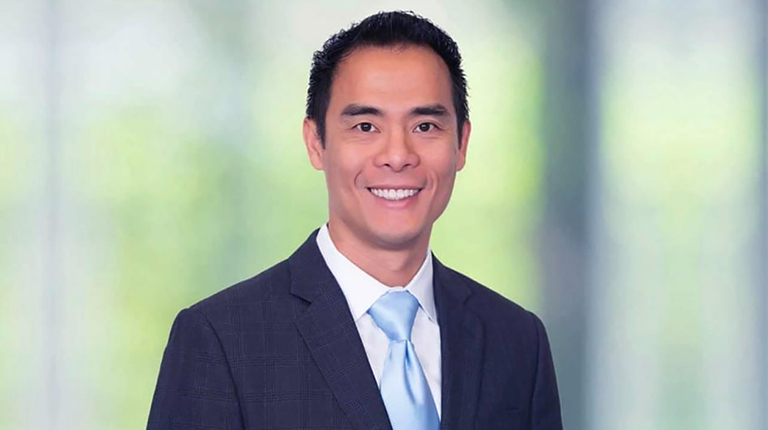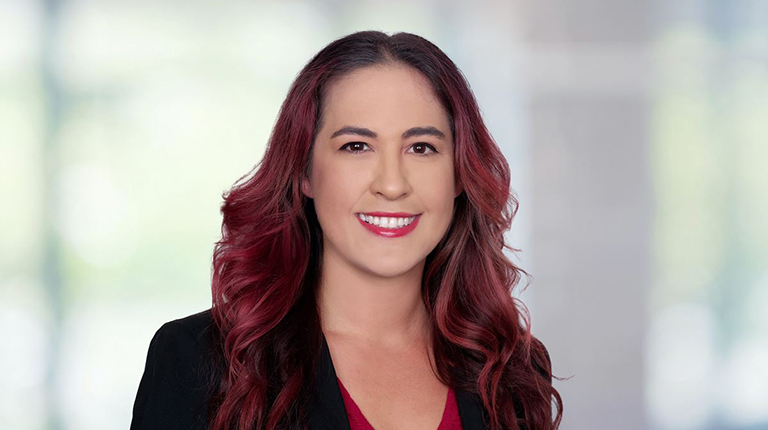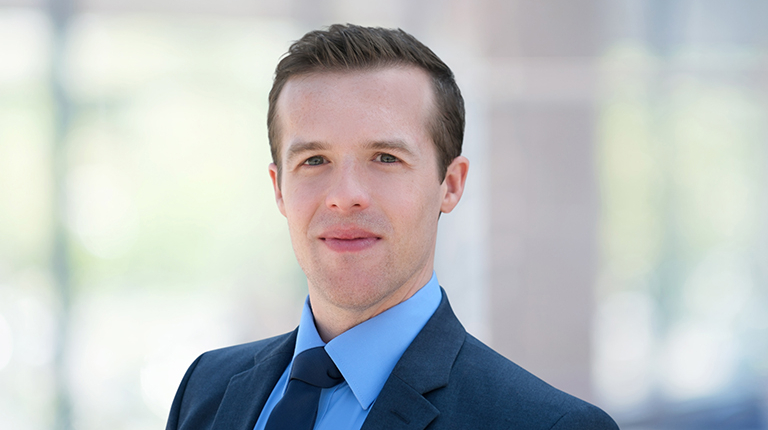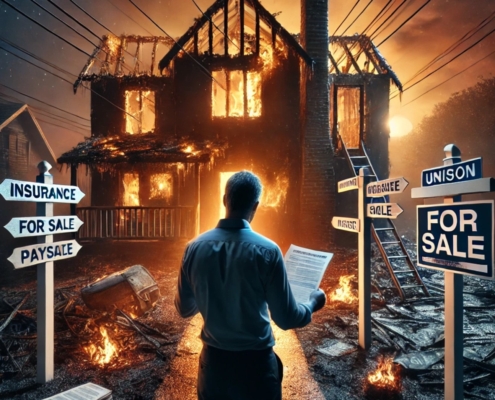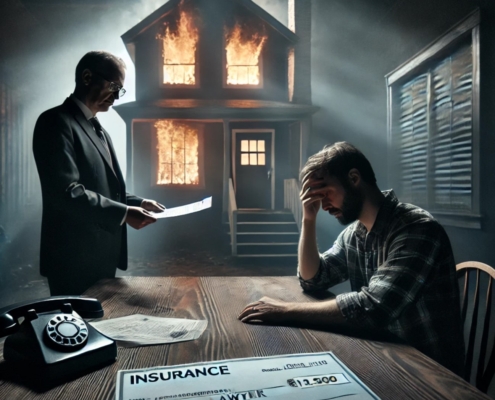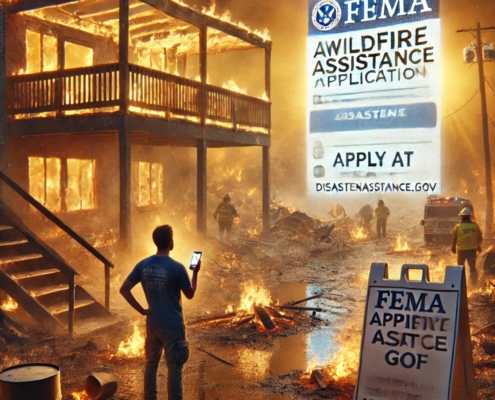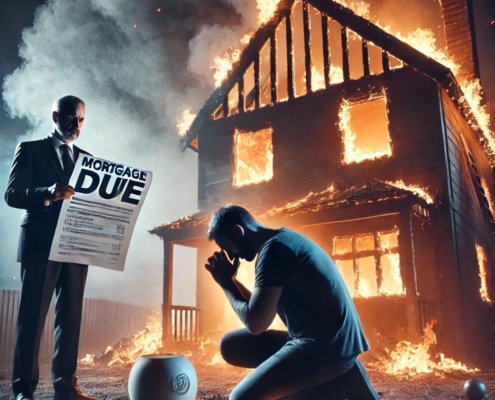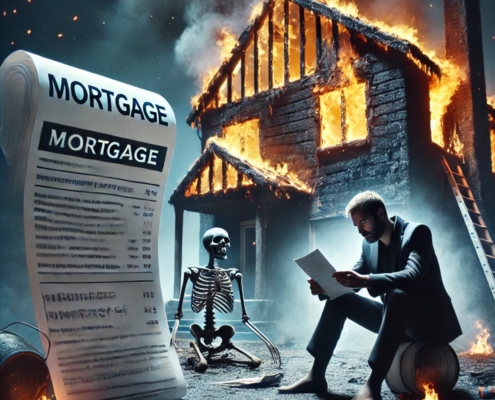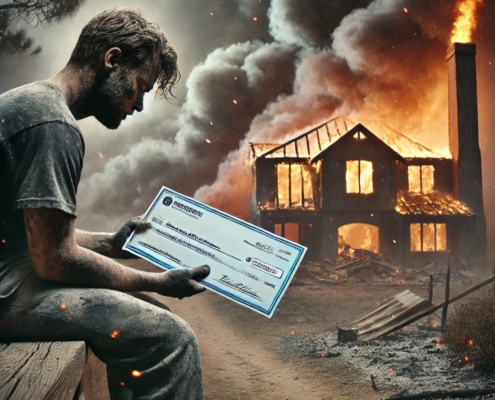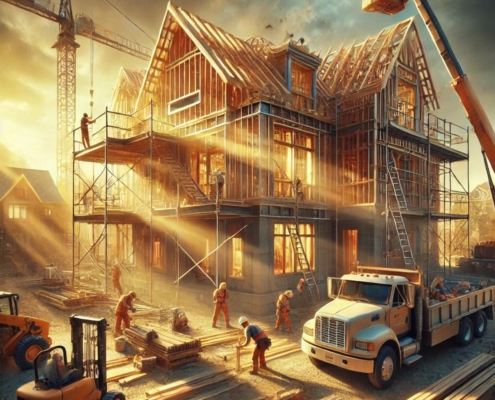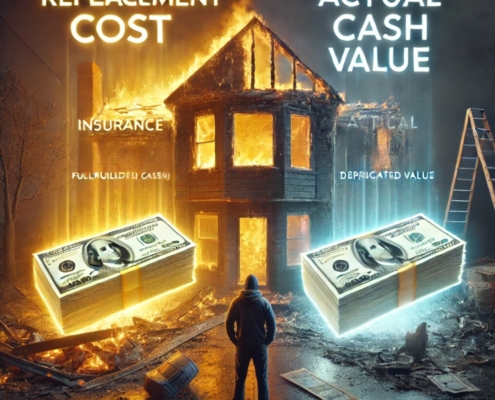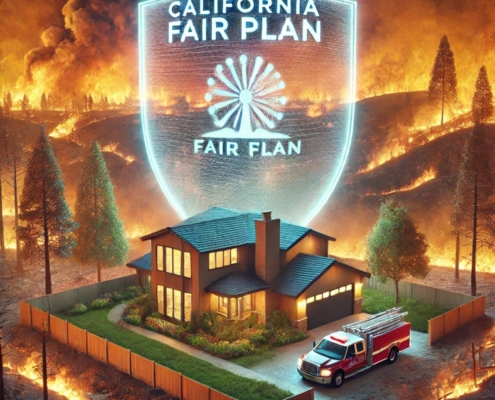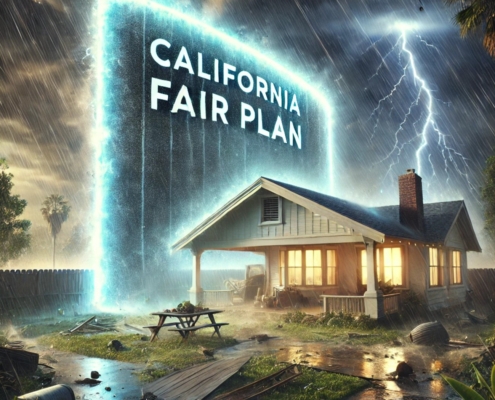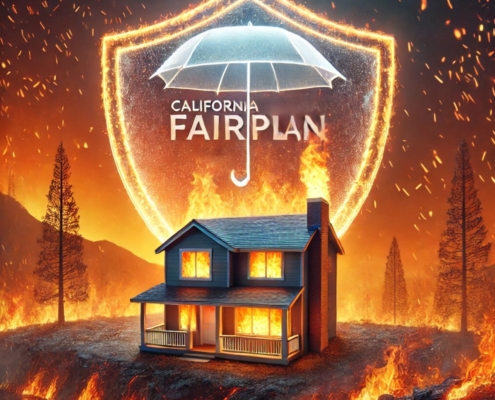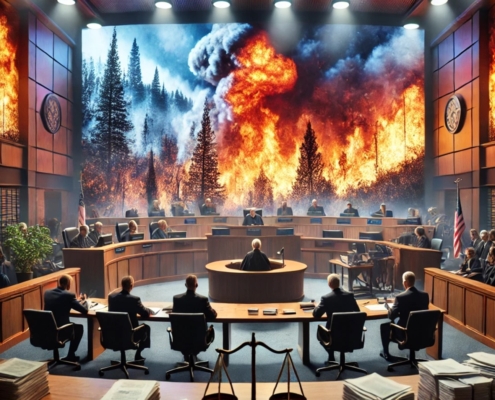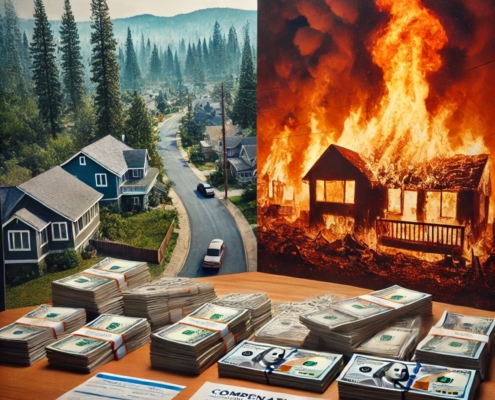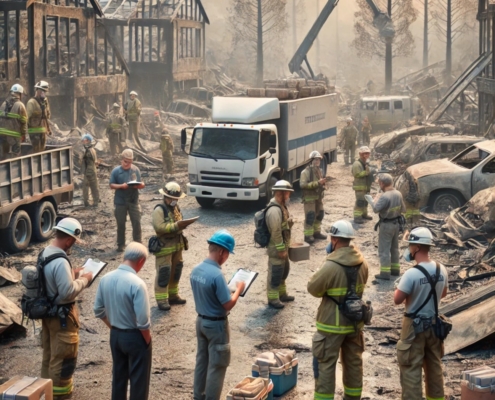How Are Insurance Payouts Handled After Wildfires?
Most homeowners insurance policies cover both the dwelling (structure) and personal property (contents inside the home), providing crucial financial relief after devastating wildfires like the Palisades, Altadena, and Eaton Fires. The dwelling coverage helps pay for rebuilding, but the mortgage lender has a financial interest in the property and is often listed as a co-payee on the insurance check.
The challenges of insurance claims become even more acute in areas severely impacted by the wildfires:
-
- Pacific Palisades: The Palisades Fire burned over 23,713 acres starting on January 7, 2025, destroying homes and cultural landmarks.
- Altadena: The Eaton Fire devastated this community, destroying thousands of structures, including historic restaurants and businesses along Lake Avenue.
- Malibu: Parts of Malibu, known as the Malibu fire, suffered significant losses as the Palisades Fire extended into the area, leading to the destruction of beachfront properties.
- Topanga: This community faced evacuations and property losses as the Topanga fire spread through the region.
- San Fernando Valley: The Hurst Fire burned approximately 799 acres near San Fernando, causing evacuations and damage to properties.
These widespread damages amplify the difficulties for businesses trying to quantify their losses and file comprehensive claims. Working with a Los Angeles fires lawyer or an Altadena fire lawyer can help streamline the claims process and ensure a fair settlement.
How Are Insurance Checks Processed?
- Most insurance companies issue checks jointly payable to both the homeowner and the mortgage lender.
- The lender typically requires the homeowner to endorse the check before processing payments.
- Some lenders hold the funds in an escrow account and release them in increments as rebuilding progresses.
- Homeowners must communicate with both their insurance company and lender to understand how funds will be managed.
What Are the Two Main Scenarios for Insurance Payouts?
If the Insurance Payout is Enough to Pay Off the Mortgage
- The lender receives the insurance check and applies it to the remaining loan balance.
- If there is any remaining money after paying off the mortgage, it is sent to the homeowner.
- The homeowner must then decide whether to rebuild with their own funds, take out a new construction loan, or use additional insurance benefits.
If the Insurance Payout is More Than the Mortgage Balance
- The lender will first use the insurance payout to pay off the mortgage balance.
- Any remaining funds will be released to the homeowner.
- If the homeowner intends to rebuild, the insurance company and lender may release funds in stages to cover reconstruction costs.
- In some cases, the insurance company may require that the funds be used specifically for rebuilding, rather than for other financial needs.
Can I Keep the Insurance Payout?
- If the home is fully paid off, the insurance payout is issued directly to the homeowner.
- If there is still a mortgage on the property, the lender has a legal right to ensure the funds are used to either pay off the loan or repair/rebuild the home.
- In some cases, if the homeowner chooses not to rebuild, they may need to negotiate with the lender regarding the use of the remaining insurance funds.
What Happens If the Insurance Payout is Less Than the Mortgage Balance?
- The homeowner remains responsible for the remaining mortgage balance even if the insurance payout does not fully cover it.
- Some lenders may offer relief options, such as loan modification, refinancing, or extended repayment plans.
- Government assistance programs and disaster relief grants may help bridge the financial gap for affected homeowners.
- Homeowners should contact their mortgage servicer as soon as possible to discuss available options. Additionally, consulting with our fire insurance claim lawyer or our fire damage insurance claim attorney can help you understand your legal rights and explore potential remedies to ease your financial burden.
Understanding how insurance payouts are handled can help homeowners make informed decisions about their mortgage, rebuilding options, and financial future, especially in the wake of destructive events like the Malibu, Topanga, and Hurst Fires. If you are struggling with an insurance claim, our fire insurance lawyer or our wildfire insurance attorney can help you navigate the process and ensure you receive the compensation you deserve.
What Are the Steps to Rebuild with Insurance Funds?
If the homeowner wants to rebuild the house, they will typically work with their mortgage lender to access the insurance funds. Here’s how that process works:
Step 1: How Do I File a Claim and Get Approval?
- The homeowner must file a claim with the insurance company.
- The insurer will assess the damage and determine the replacement cost for rebuilding.
- The homeowner should keep records of all correspondence and submit documentation for losses.
Step 2: Why Are Insurance Funds Held in an Escrow Account?
- The mortgage lender holds the insurance payout in an escrow account to ensure the home is rebuilt.
- This prevents homeowners from using the funds for something else, leaving the lender with an unpaid mortgage on a damaged property.
- The homeowner should regularly check with their lender about fund disbursement procedures.
Step 3: How Are Insurance Funds Disbursed?
- The lender releases the insurance money in installments based on construction progress.
- The homeowner usually must hire a licensed contractor and provide documentation for each phase of work.
- Inspections may be required before additional funds are released.
- Any delays in construction can impact the timing of fund disbursement, so homeowners must ensure that the work progresses efficiently.
Step 4: What Happens During the Final Inspection and Fund Release?
- Once construction is complete, the lender conducts a final inspection.
- The remaining insurance funds are released, and the homeowner resumes making mortgage payments on the rebuilt home.
- Homeowners should verify with their lender that all payments and repairs have been accounted for properly.
What Additional Funding Options Are Available?
If the insurance payout isn’t enough to fully rebuild, homeowners may need additional financial assistance. Options include:
- A construction loan or home equity loan to cover extra costs.
- FEMA or disaster assistance if the wildfire is declared a federal disaster.
- Negotiating with the lender for financial relief, loan restructuring, or refinancing.
- State and local assistance programs that may offer grants or low-interest loans to affected homeowners.
- Community aid organizations that provide rebuilding assistance.
What happens if your house burns down and you don t want to rebuild?
If your destroyed home was insured and in the State of California, you now have the right to collect all benefits that would have covered rebuilding your destroyed home, and use those benefits to buy a replacement home instead. If the homeowner chooses not to rebuild, they can:
- Use the remaining insurance payout to purchase a different home.
- Pay off the mortgage and walk away, if the payout is sufficient.
- Sell the land and move elsewhere.
- Consider leasing the land for alternative uses.
- Check with local authorities about zoning changes or redevelopment opportunities.
Ultimately, each homeowner’s situation is unique, and consulting with legal or financial professionals may be necessary to determine the best course of action. Speaking with our California fire lawyer or our Los Angeles wildfire attorney can help ensure the homeowner maximizes their financial recovery and complies with all legal obligations. Our fire insurance attorney can provide the necessary legal guidance to protect your interests during this challenging time.



